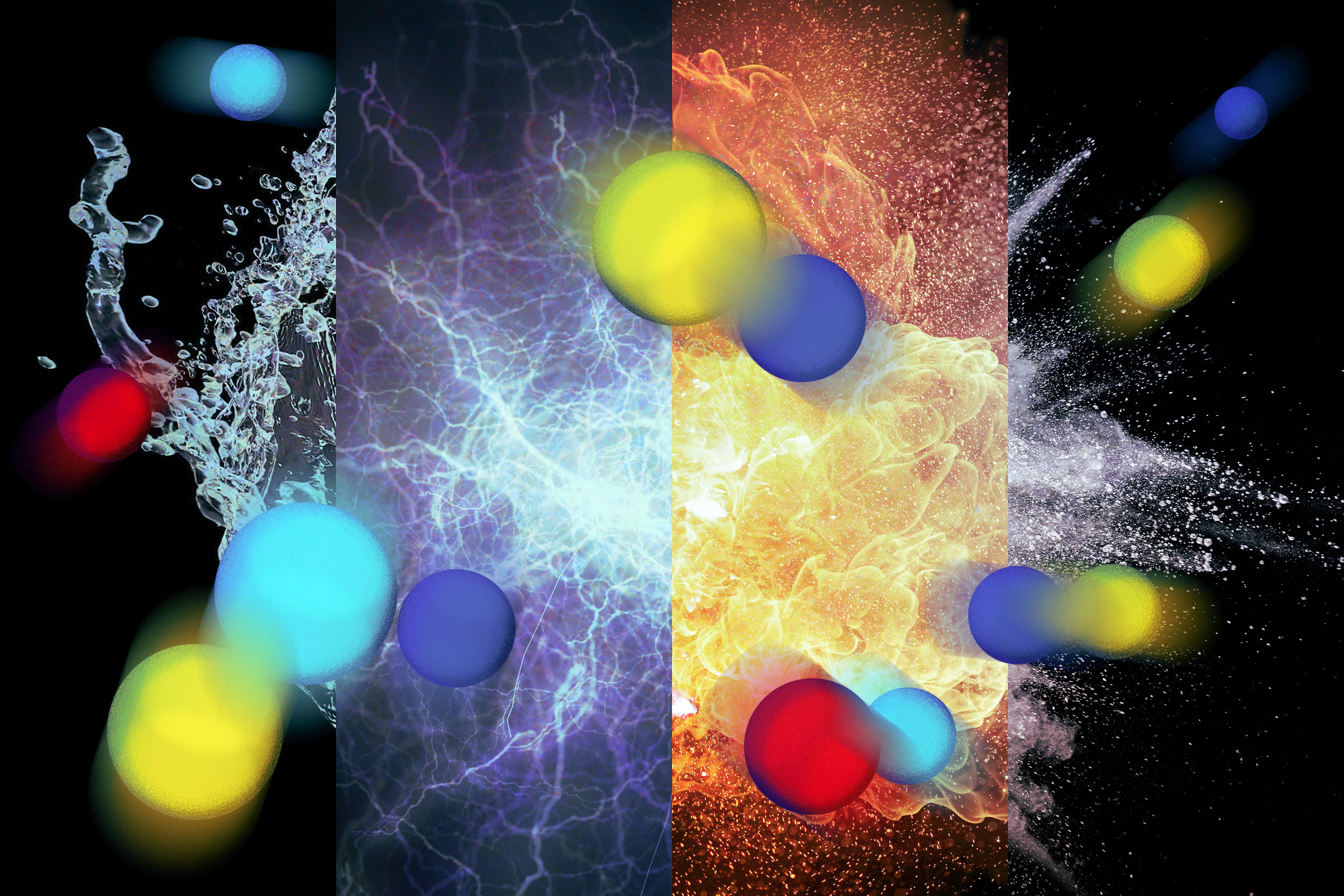Introduction to AI Agents
I’ve been thinking a lot about AI agents lately, those systems that can actually do things for us online instead of just answering questions. Last week, Professor Ruslan Salakhutdinov from CMU gave a Lecture that really got me excited about where this field is heading. His work on multimodal AI agents shows how these systems can navigate websites and handle tasks that we do every day.
Why AI Agents Matter
Ruslan started with a simple but powerful point: we spend tons of time doing boring tasks on our computers and phones. Think about all the clicking, searching, and form-filling we do every day. What if AI could handle these things for us? Today’s language models are pretty smart. They can learn from examples, follow instructions, and even do things they weren’t specifically trained for. But to turn them into agents that can actually get stuff done for us online, they need extra abilities — especially the power to see and understand websites the way we do.
How Web Agents Actually Work
The part that got me leaning forward in my seat was when Salakhutdinov explained how these web agents are built. It’s not just one big AI — it’s several pieces working together:
- Visual Understanding: The agent needs to “see” what’s on the screen
- HTML Processing: It needs to read the code behind the webpage
- Web Grounding: It has to connect what it sees with what it can do
- Language Model: This is the “brain” that makes decisions
When these agents try to complete a task, they work in layers:
- First, they make a plan (like “I need to find the cheapest printer and buy it”)
- Then, they figure out what they’re looking at (“this is a product listing page”)
- Finally, they take specific actions (clicking a button or typing text)
The Big Problem: Mistakes Add Up Fast
Here’s the main challenge these agents face, the “exponential error compounding” problem. Imagine you’re following a recipe with 30 steps. If you have a 90% chance of getting each step right, you might think you’d do pretty well. But the math says otherwise — your chance of getting the whole recipe right drops to just 4.24%! The same thing happens with AI agents. Even if they’re pretty good at each small step (clicking the right button, typing the right thing), when they have to do many steps in a row, they often fail. One small mistake early on can derail the whole process.
Tree Search: The Clever Solution
This is where the Lecture grabbed me — when Salakhutdinov explained how “tree search” can fix this problem. It’s like giving the AI the ability to try different paths and backtrack when it makes mistakes — just like we do! Here’s how it works:
- The agent tries a few possible actions
- It keeps track of how promising each path looks
- If it hits a dead end, it goes back and tries something else
- It keeps searching until it finds a solution that works
Why Agents Still Mess Up (and How We’ll Fix It)
How and why these agents still fail:
- Sometimes they get stuck in loops, bouncing between the same two pages
- They might give up too early before finding the solution
- They often click the wrong things because they misunderstand what they’re seeing
- They struggle with spatial tasks like “find the product in the first row”
But he was optimistic about solutions: - Better ways to evaluate which paths are promising
- Teaching agents to improve their strategies through experience
- Figuring out when to make the base agent smarter versus when to let it explore more options
- Making these systems work in real websites, not just in test environments
Training These Agents at Internet Scale
The last part introduced a project called “Towards Internet-Scale Training For Agents” (InSTA). This part really got me thinking about practical applications. Instead of paying humans to demonstrate thousands of web tasks (super expensive!), they’re using language models to generate realistic tasks across thousands of websites. For example:
- “Find a free WordPress theme for a personal blog”
- “Look up the meaning of the Om symbol in ancient cultures”
- “Compare prices of Nikon D850 and D500 cameras”
Their process is simple but clever:- Generate realistic tasks for different websites
- Let agents try to complete them
- Use another AI to check if they succeeded
- Collect all this data to train better agents
What This Means For Our Future
After sitting through Salakhutdinov’s Lecture, I couldn’t help but think about how these technologies might change my daily life. Imagine having an assistant that could actually book your flights, find the best deals, research topics for you, or fill out those annoying forms — all by understanding websites the way you do. The tree search technique really stuck with me. It’s such a human approach to problem-solving — try something, see if it works, and if not, back up and try something else. By giving AI this ability to explore and recover from mistakes, we’re making them much more reliable for real-world tasks.
Conclusion
We’re still in the early days (success rates of 26% are better than 8%, but far from perfect), but the progress is happening fast. I think in a few years, we’ll look back at having to navigate websites ourselves as a weird chore from the past — like how we now view memorizing phone numbers.
FAQs
- Q: What are AI agents?
A: AI agents are systems that can actually do things for us online instead of just answering questions. - Q: What is the main challenge faced by AI agents?
A: The main challenge faced by AI agents is the “exponential error compounding” problem, where small mistakes can derail the whole process. - Q: What is tree search?
A: Tree search is a technique that allows AI agents to try different paths and backtrack when they make mistakes, similar to how humans problem-solve. - Q: What is the goal of the “Towards Internet-Scale Training For Agents” project?
A: The goal of the project is to train AI agents to work across the entire internet, not just a few test websites, by generating realistic tasks and using language models to evaluate their success.











